Portrait Of A Lady On Fire: 10 Behind The Scenes Details About Production & Filming
Portrait of a Lady on Fire swept the independent film scene when it came out in 2019, receiving nominations for the Golden Globe Awards, Independent Spirit Awards, and Critics’ Choice Awards, among others. Most notably, writer and director Céline Sciamma became the first woman to win the Queer Palm at the 2019 Cannes Film Festival with this women-led film that brought breathtaking shots to the screen.
The cinematic stills were not easy to achieve, though, and required a lot of creative solutions. Throughout production, Sciamma and her cinematographer Claire Mathon faced a few different technical and thematic complications that, in the end, further strengthened the film, and fans might be surprised to learn about how certain aesthetic features were created. Here are some interesting and notable facts about Portrait of a Lady on Fire.
10 It’s A Low-Budget Film
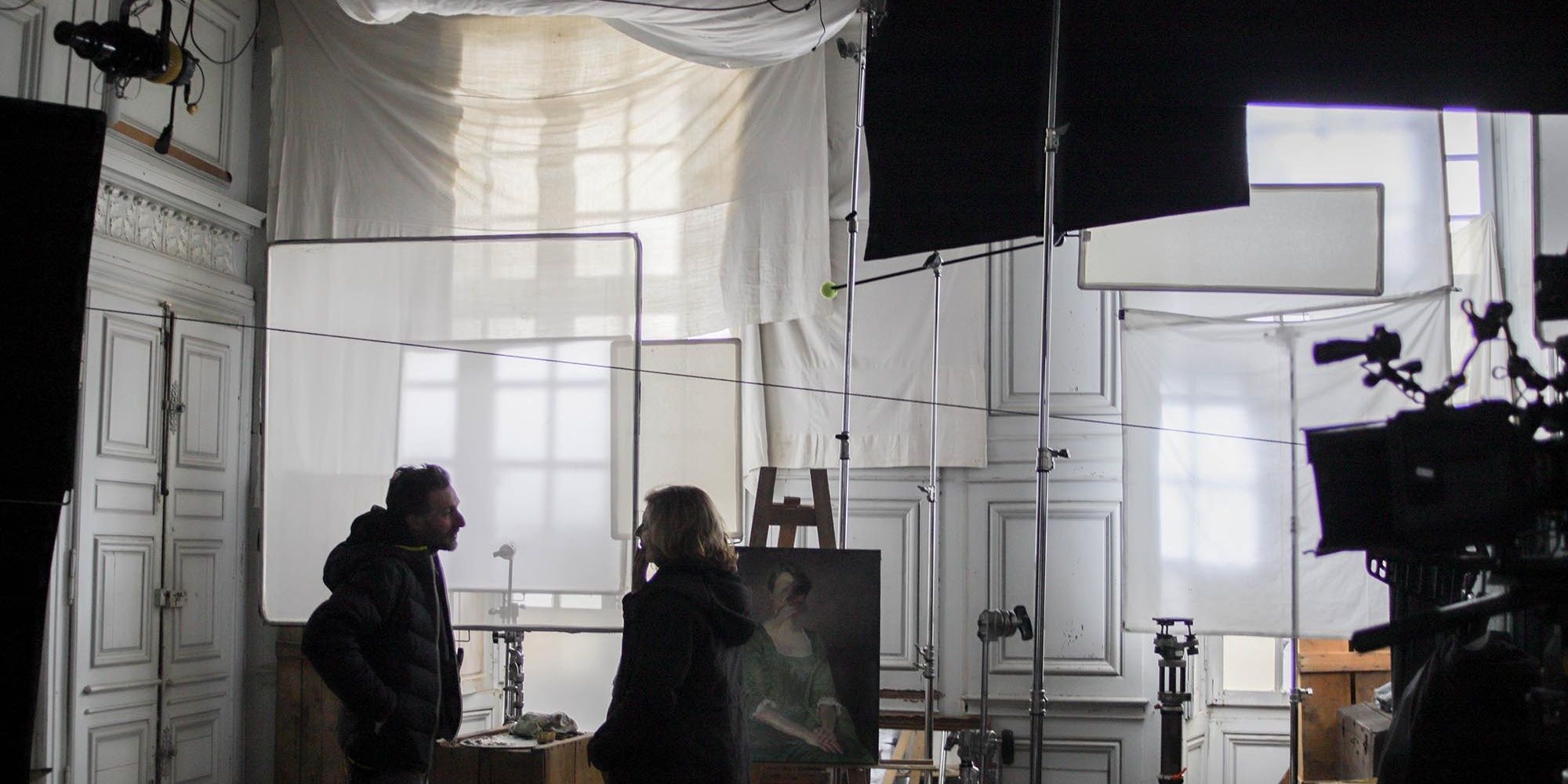
The film worked with a low budget at only €4.86 million, or $5.94 million. The lower budget initially posed a few obstacles for the cinematography, as the lighting technique used in the film required significant time and resources. The grips were limited with regards to where they could set up lighting equipment and stands, because the deserted castle they filmed in was a historical monument. Mathon and Sciamma had to get creative with how to stay within budget while lighting up the dim-lit castle, and the setup consumed a large chunk of the production budget.
9 It Was Shot in 8K
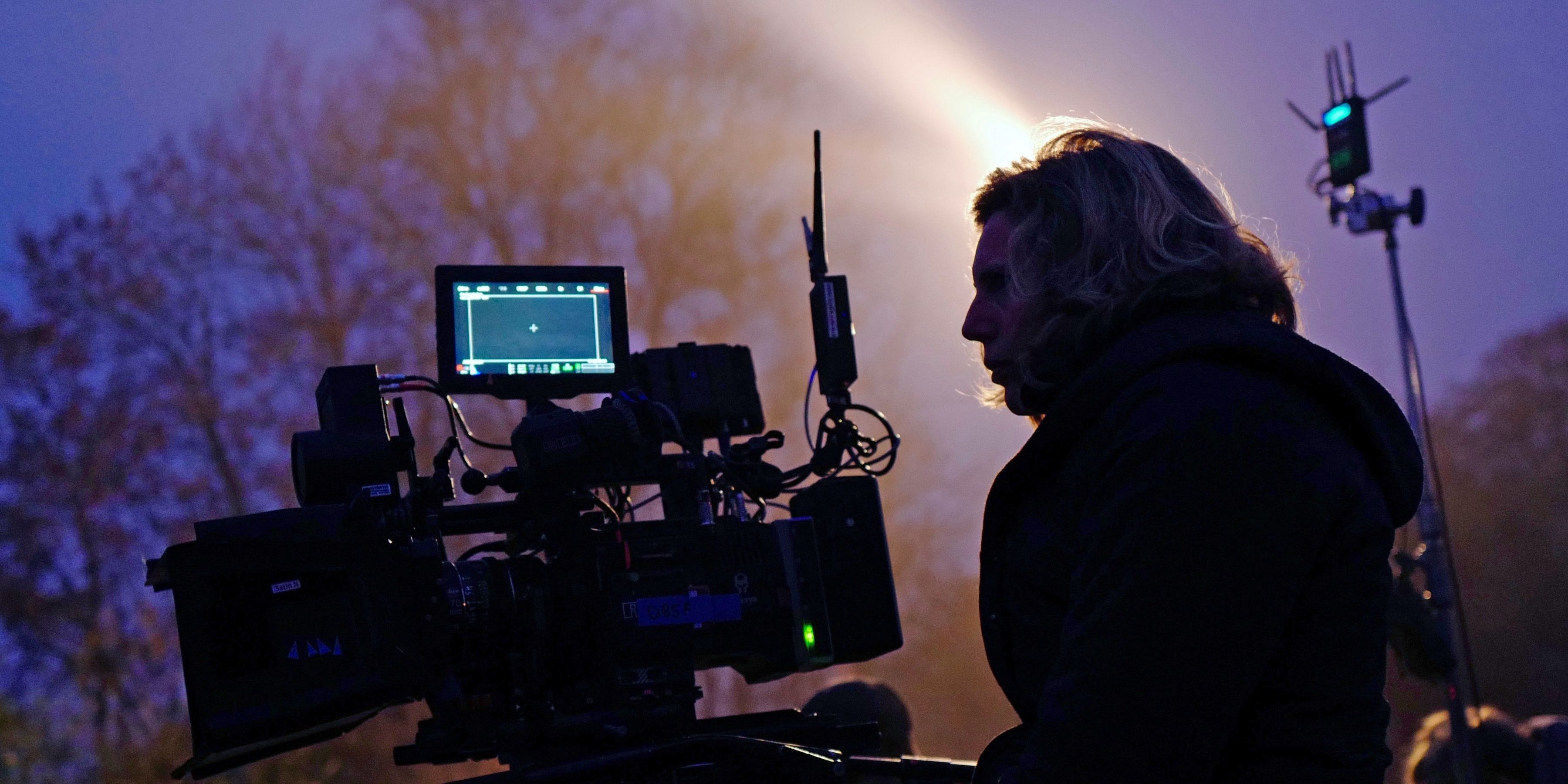
In an interview with IndieWire, Mathon said she and Sciama chose to shoot digitally “for the actual resonance it gave to the film, combining memories and period films. We were talking about re-inventing and enhancing our 18th century image to current realities.” Sciamma said 35mm felt like too timeless a choice, so they filmed in 8K instead, as they felt this could capture a dynamic range of colors and make the film feel more contemporary. In many ways, while watching the film the audience may get the sensation that the painting of Héloïse is coming to life.
8 Principal Photography Was Completed In 38 Days
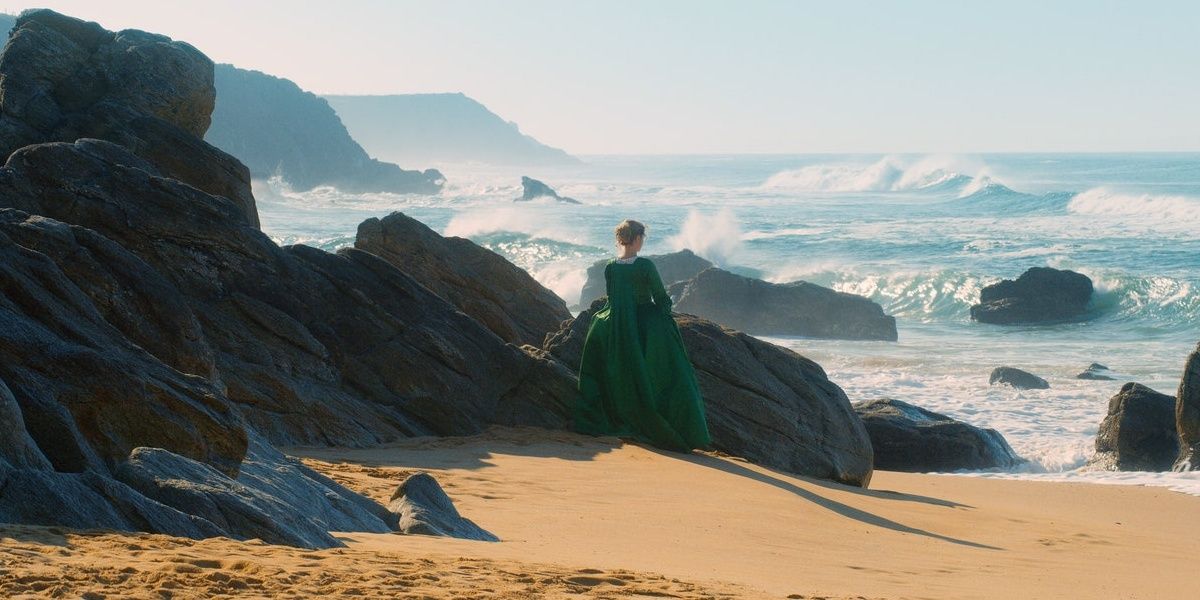
Principal photography began in October 2018 and was completed 38 days later. Filming took place in Saint-Pierre-Quiberon in Brittany and a château in La Chapelle-Gauthier, Seine-et-Marne.
Also, while the exterior shots of the film are in Brittany, much of the action indoors occurs in an 18th-century castle that hadn’t been restored or used for lavish events; the castle had largely gone untouched. However, it was also a historical monument and thus posed some limitations on how the crew could use the space, such as regarding the lighting setup.
7 The Title Alludes To Henry James
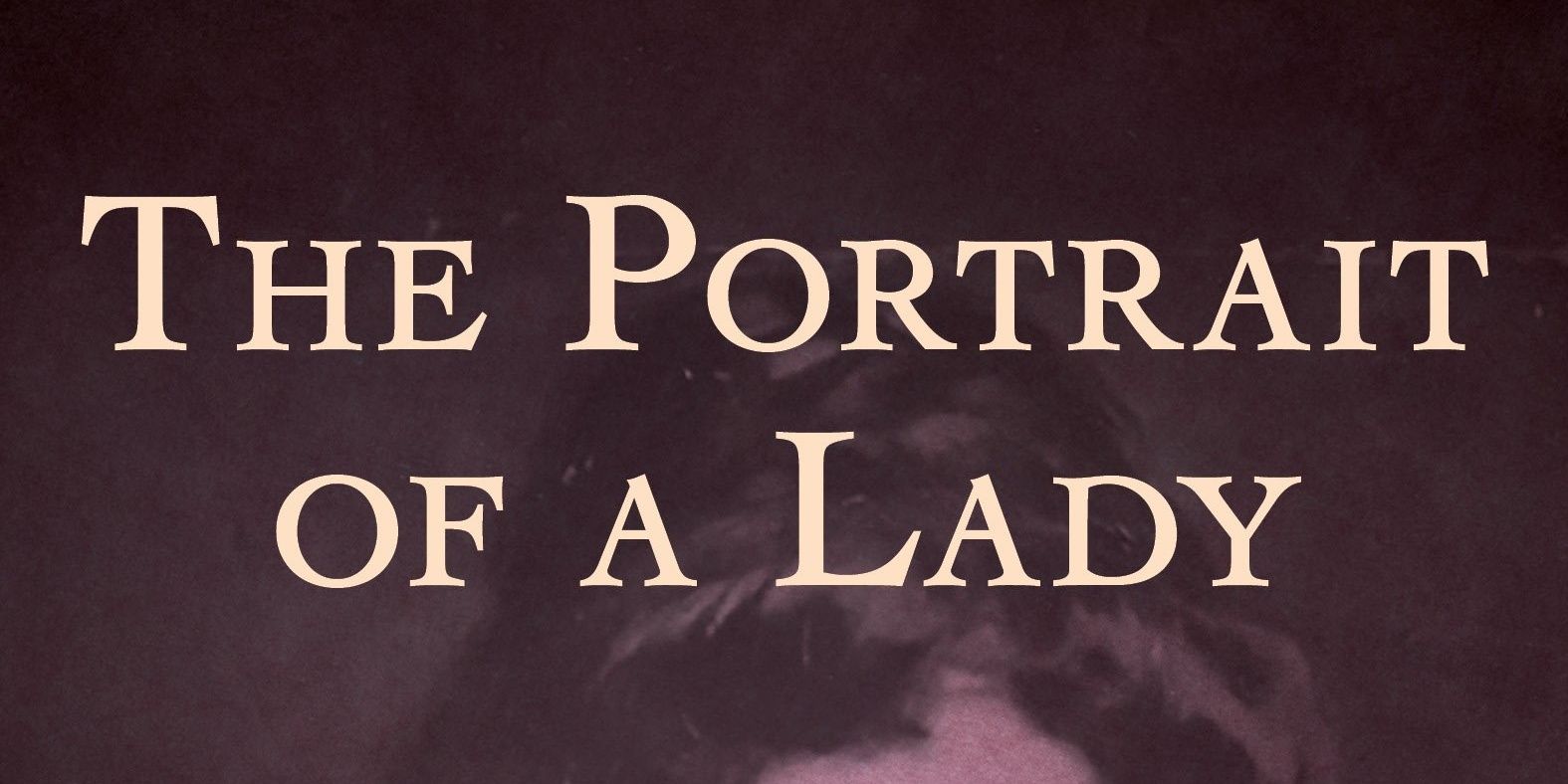
The film’s original title in French is Portrait de la jeune fille en feu, which literally translates to "portrait of the young girl on fire." It has been speculated that the literal translation of "the young girl" was changed to "a lady" for the English title of the film to evoke the Henry James novel, The Portrait of a Lady, in which James describes how his grandmother evolves as a character over the years by observing her appearance and conjuring up a continually changing image of her.
6 Artist Hélène Delmaire Painted The Portraits
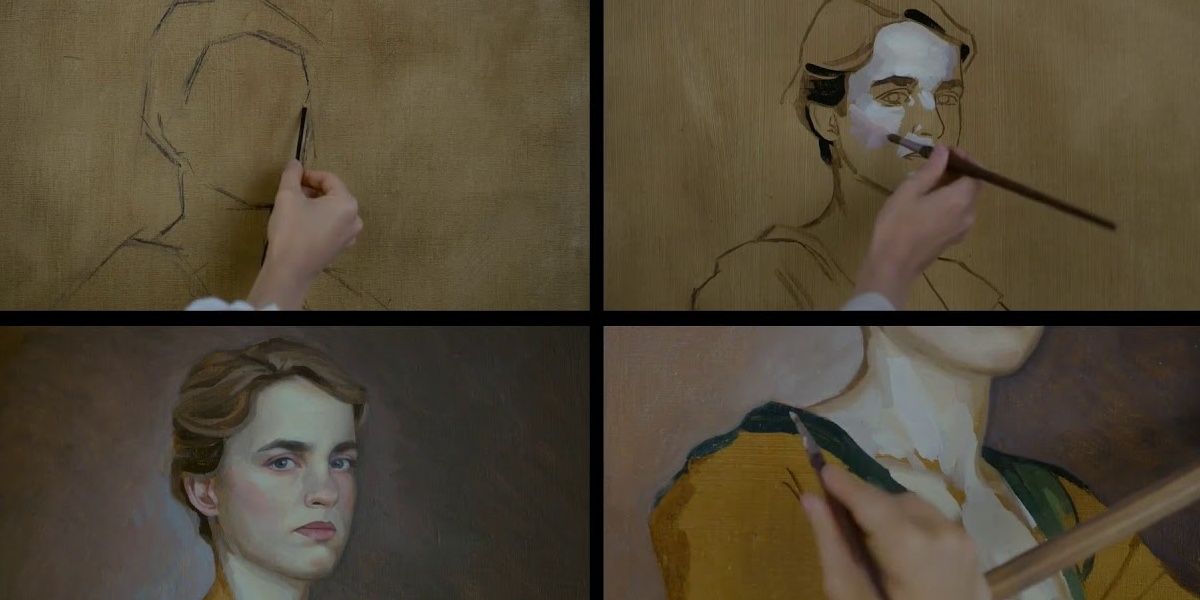
The paintings and sketches seen in the film were done by artist Hélène Delmaire, whose hands are also featured in a few closeup painting shots. Delmaire said she painted 16 hours every day during production for three consecutive months, including weekends, modeling her painting on the scene blockings.
In an interview with GARAGE, Delmaire said she had to paint one different portrait for each sequence of the film, “which ended up being six or seven versions of each of the main two portraits...It's the most work I've done in my whole life in that amount of time.”
5 Adèle Haenel Hated Posing
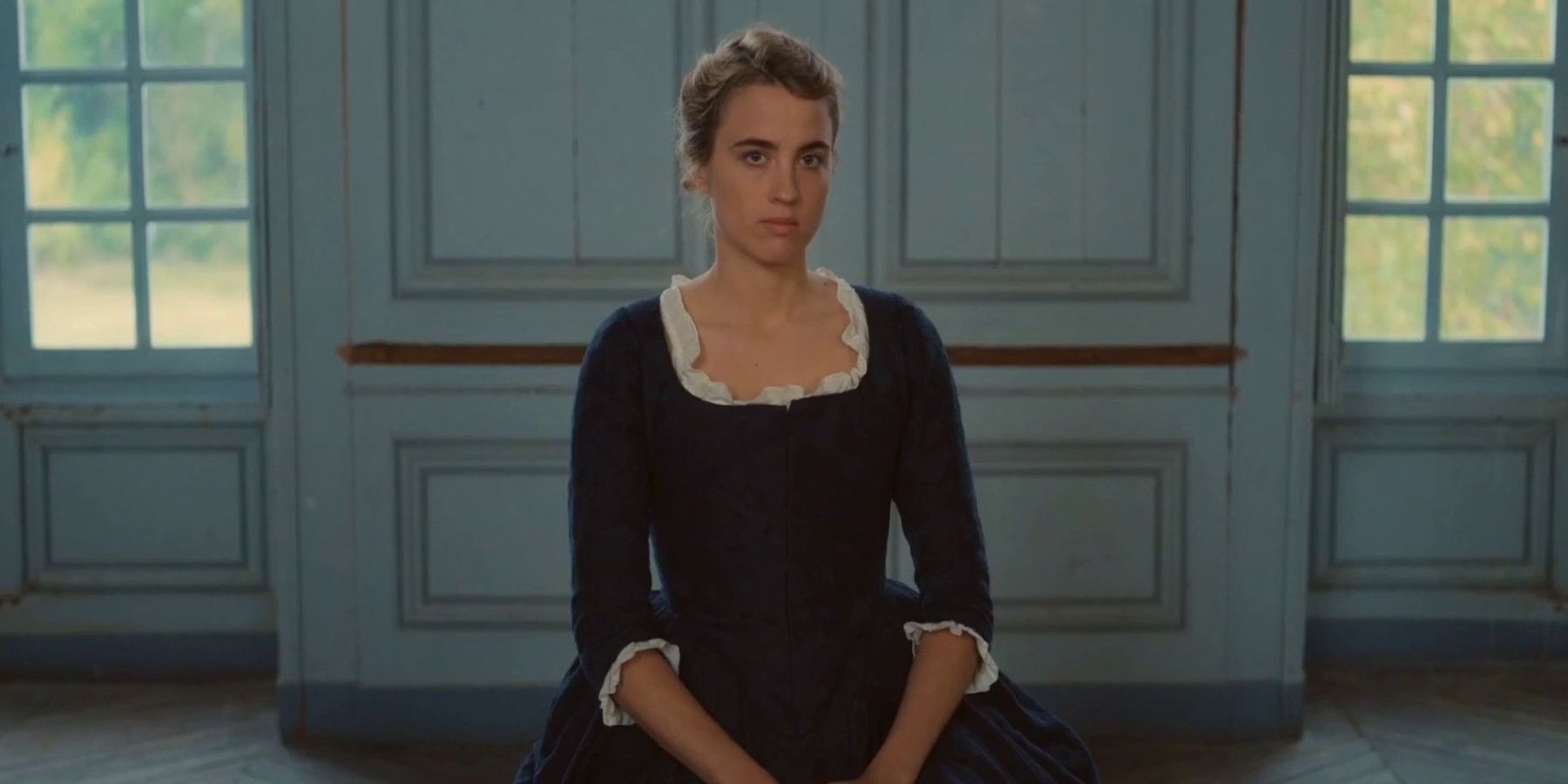
Delmaire mentioned in an interview that Adèle Haenel, who played Héloïse, only posed for photos and not the actual paintings. Haenel hated posing actually (to Delmaire's amusement), as she did not like being static and, as an actress, preferred to be moving around all the time. A few paintings from the film now hang in Sciamma’s house, Delmaire’s house, and the Centre National du Cinéma Archive, and Haenel might also receive a piece -- perhaps in remembrance of the movie and in remembrance of all those days of sitting still.
4 The Lights Were Set Up Outside All The Windows
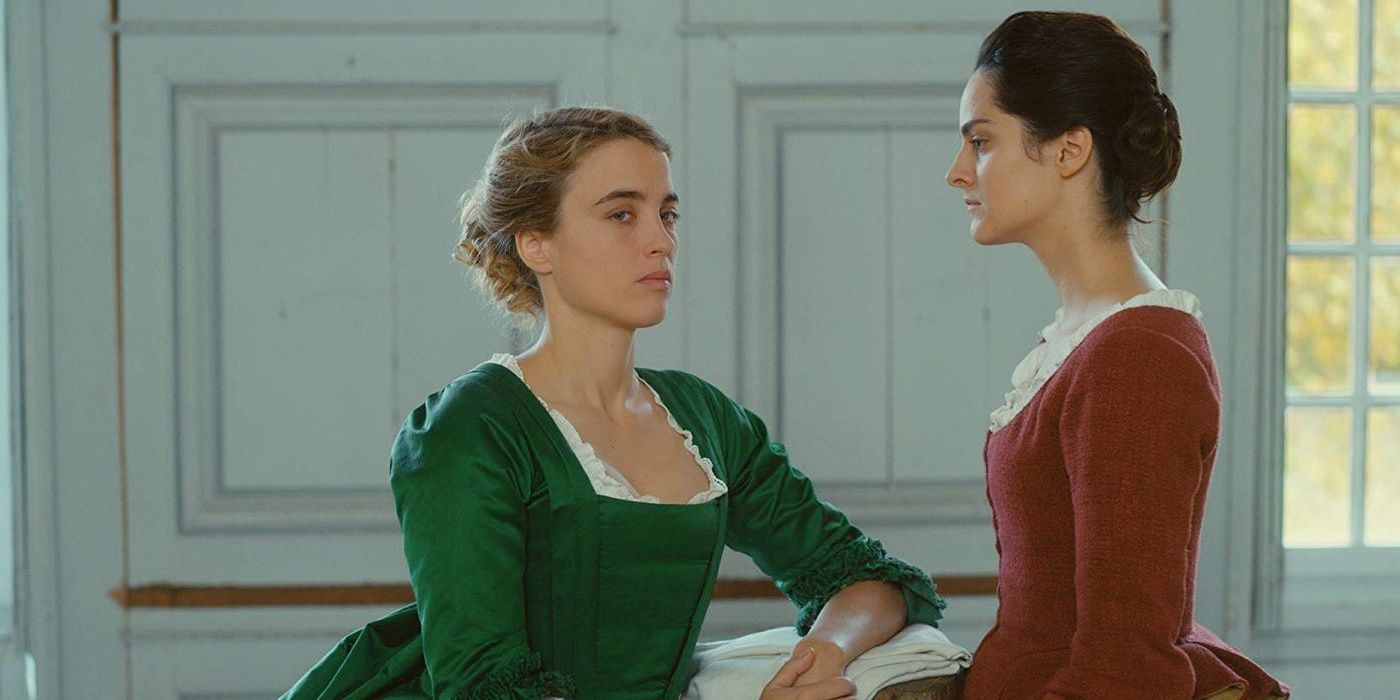
Mathon needed tremendous control of light for the shots she envisioned. Limited by the historical monument they were filming in, she decided to light the interior of the building from outside the windows. Sciamma comments in an IndieWire interview that “it felt like magic” filming inside, as “there was no light in the room, but it was so accurate.”
In many ways, “the light would seem to come out of the character.” The end result of the external lighting for indoor scenes is the effect that no matter where actresses Merlant and Haenel walked, "the light would appear to come from their bodies."
3 There Is No Musical Score
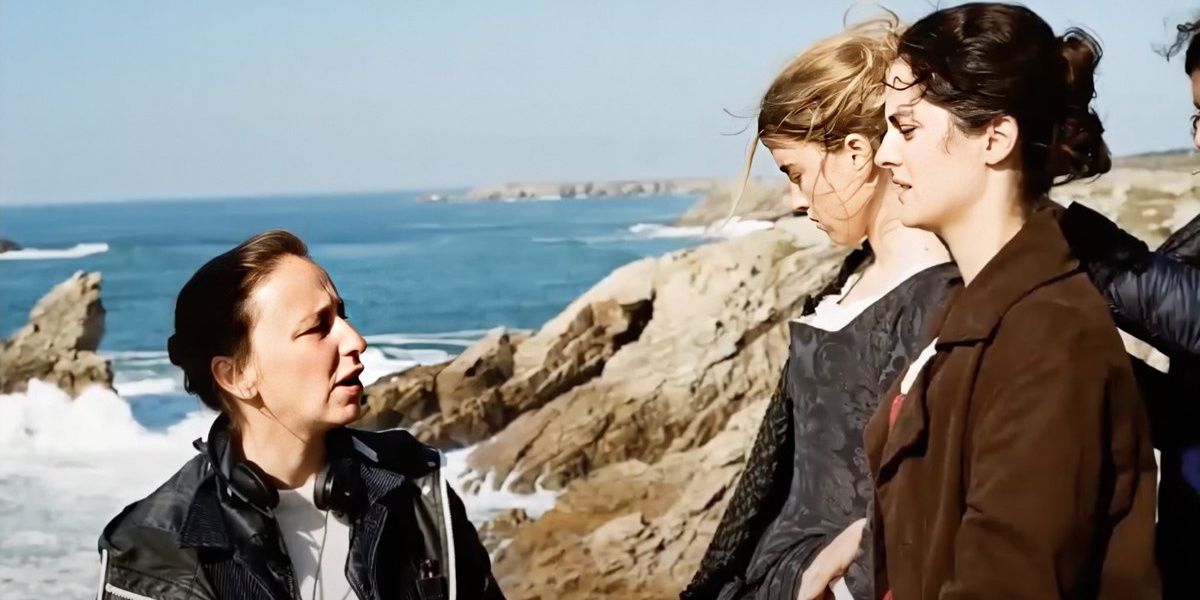
One noticeable element of the film is the absence of a musical score in the background. One reason the film does not feature a musical score could be to put rhythm on the forefront instead. The “music” arises elsewhere -- in the movements of the bodies on screen and the camera. Especially as the film is composed mostly of sequence shots, there is a precise choreography to Marianne’s (Noémie Merlant) and Héloïse’s movements. Even the slightest movement is sharply detectable, as the sense of sight is heightened with the absence of a background sound.
2 Sciamma Wanted To Get Rid Of The Muse
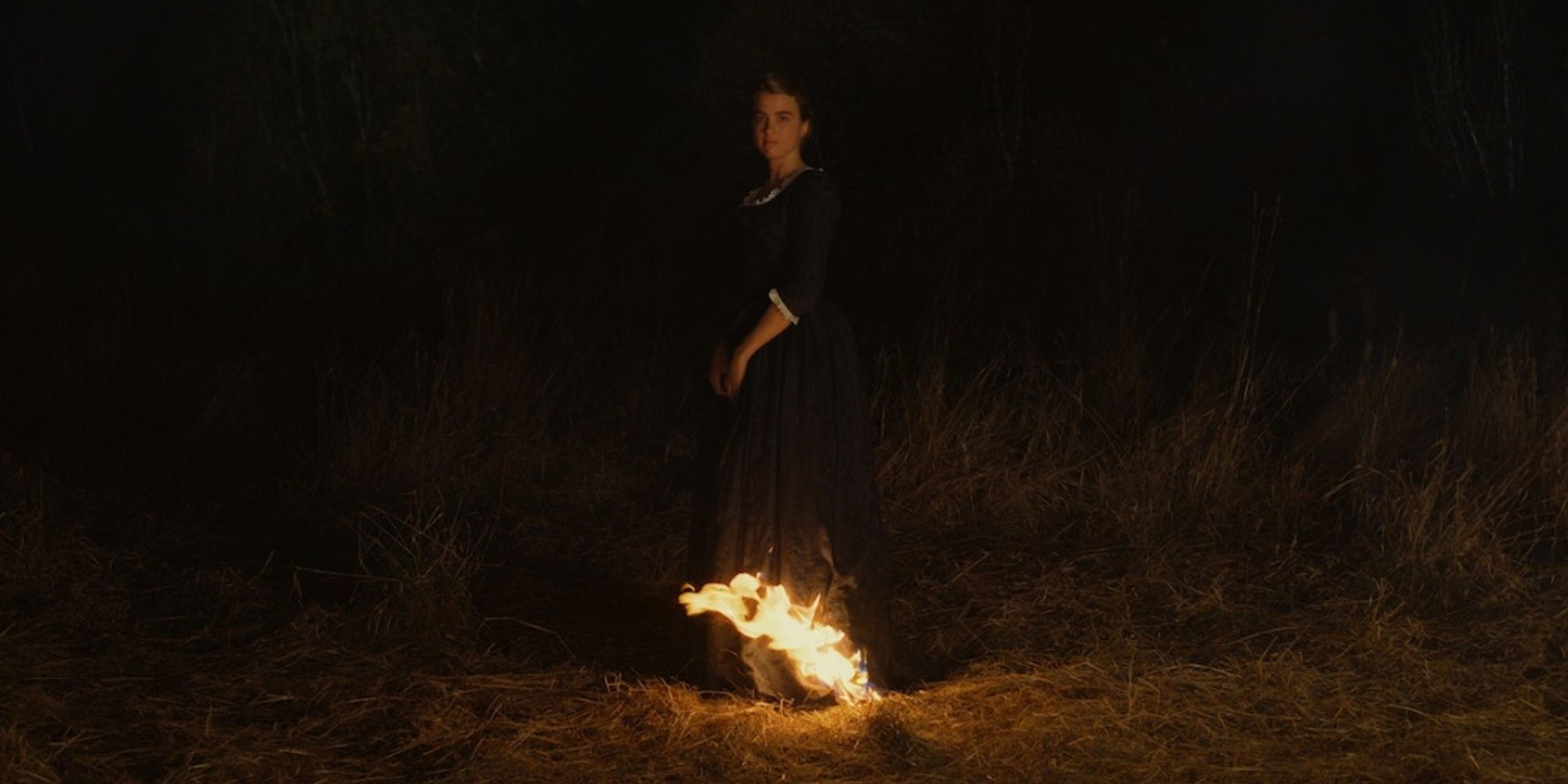
One of Sciamma’s thematic goals for the film was to get rid of the trope of a muse, which she believes actually hides the participation of a woman in art and creation. In most narratives, the muse is typically a silent, passive woman who provides inspiration merely because she is aesthetically beautiful.
Sciamma believes that models actually co-create with the painter by being one of the people guiding the artist, as seen with Marianne painting Héloïse as Héloïse actively informs Marianne of her character in the different activities they engage in. The painting changes as Marianne learns more of Héloïse; in effect, Marianne adds color to the portrait as Héloïse adds color to their life.
1 The Film Is Not A Love Story
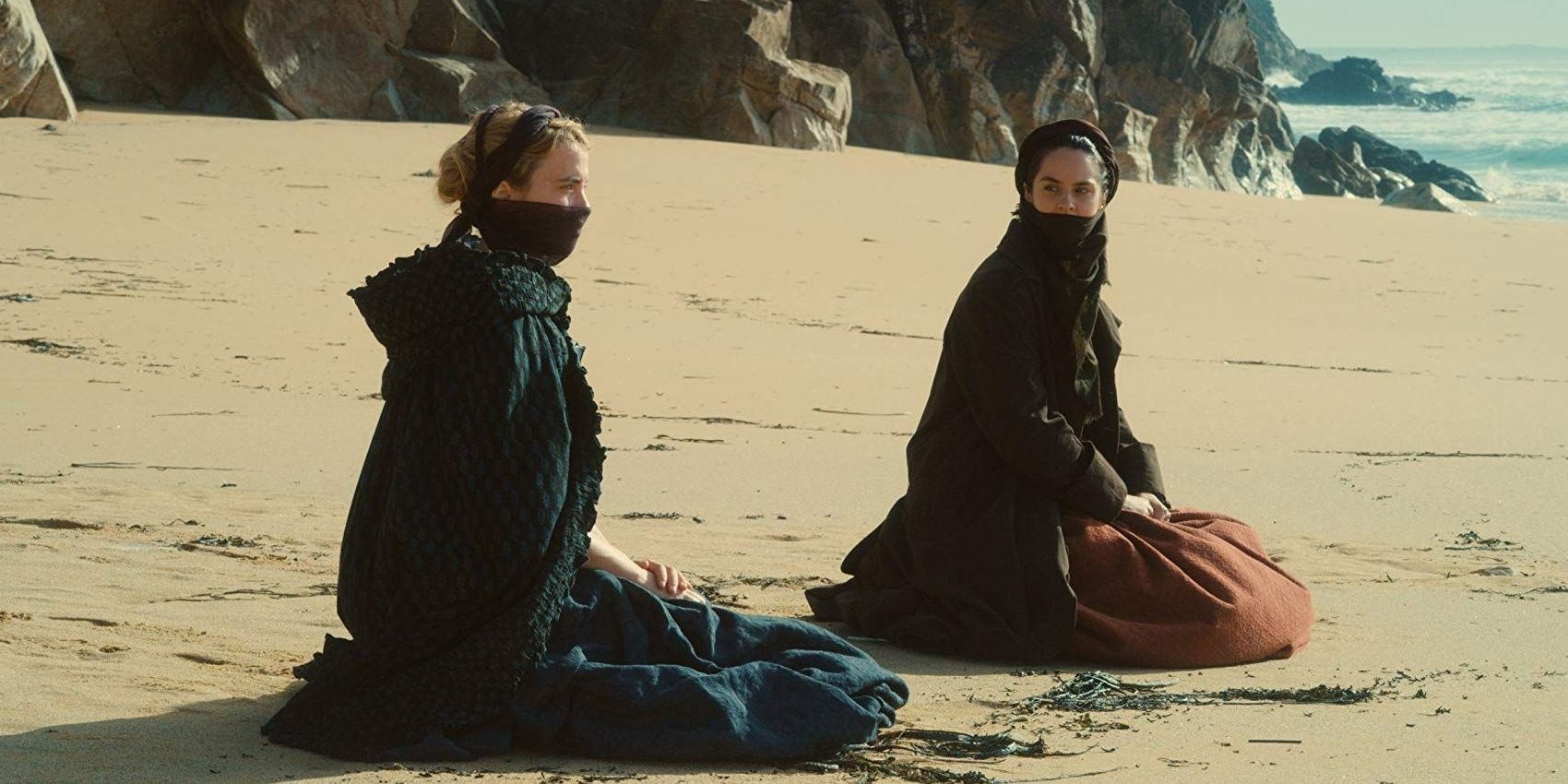
Sciamma said it was her initial intention to shoot a love story, and to write a love story, she knew she must first show what it is like to fall in love. As the film goes deeper into the pleasure and exploration of love, though, it also begins to turn to the confusion and hesitation of such romance. Sciamma thus goes beyond a telling of a present romance and instead to the memory of a love fated to fade. Her film is an experience of the pleasure of love and its inevitable fleetingness.
https://ift.tt/3nMURud
January 17, 2021 at 06:30AM
Labels: ScreenRant - Feed


0 Comments:
Post a Comment
Subscribe to Post Comments [Atom]
<< Home